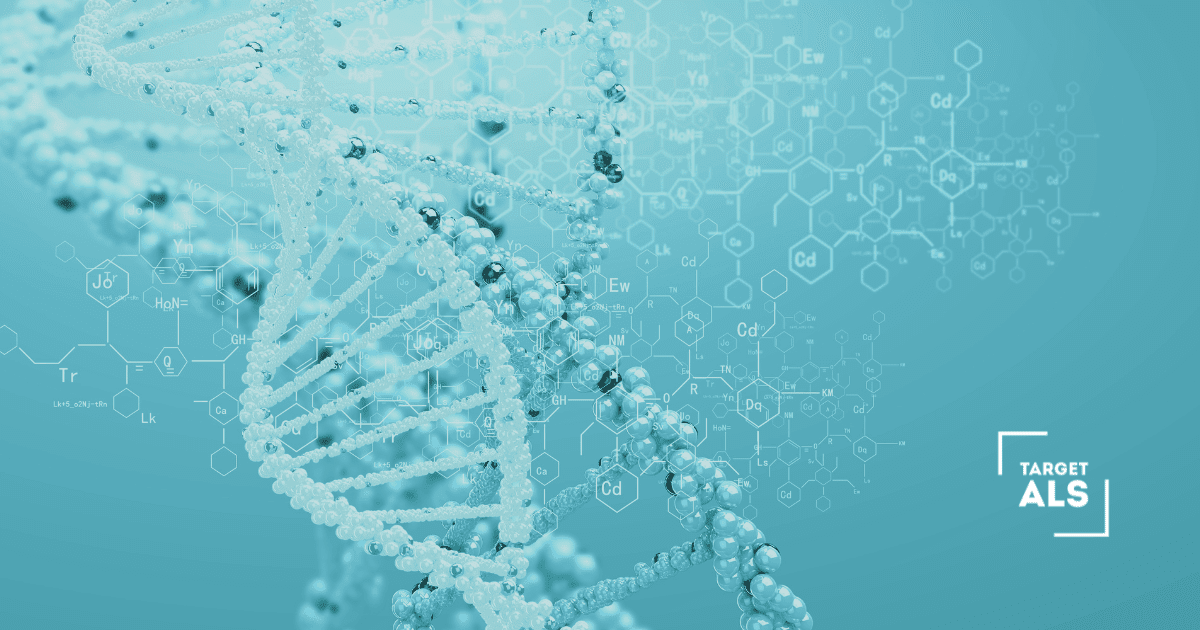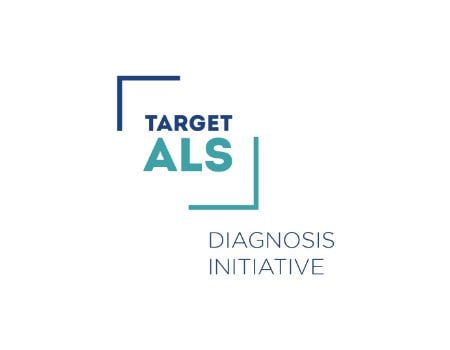At the intersection of energy failure and impaired waste clearance, two Target ALS Springboard Fellows, Dr. Yang Liu (Johns Hopkins University) and Dr. Juliet Goldsmith (Thomas Jefferson University), are uncovering how disruptions in metabolism and autophagy; the cell’s “cleanup and recycling” system, interact to drive neurodegeneration in ALS.
| ALS 101: UBQLN2: A gene involved in protein clearance. Mutations are linked to familial ALS. Autophagy: The process by which cells degrade and recycle damaged components, including mitochondria. Mitochondria: The energy-producing structures of the cell, often referred to as the cell’s “power plants.” mtDNA (Mitochondrial DNA): DNA located within mitochondria, distinct from the DNA in a cell’s nucleus. TFAM: A protein that helps package and regulate mtDNA, often used as a marker for mitochondrial content. Proteostasis: The balance of protein production, folding, and degradation within cells. Oxygen Consumption Rate (OCR): A measure of mitochondrial activity and energy production in cells. |
Dr. Yang Liu: When Energy Stress Exposes Cellular Vulnerability
Dr. Liu’s research focuses on how ALS-associated mutations in the UBQLN2 and C9orf72 genes interfere with energy balance in motor neurons. His multi-omics analysis revealed that disrupted metabolism, especially carbohydrate and lipid metabolism, is the most significantly affected pathway in motor neurons with UBQLN2 mutations, particularly under glucose deprivation stress.
Interestingly, neurons with UBQLN2 mutations showed global dysregulation of metabolic networks, even before showing overt signs of degeneration. This suggests that metabolic failure is not simply a downstream consequence of disease, it may be an early driver. His work also links defective protein clearance (proteostasis) with metabolic dysfunction, painting a picture of ALS as a disease where energy failure and protein buildup are tightly interwoven.
Dr. Juliet Goldsmith: A Deeper Look at Mitochondrial Clearance
Meanwhile, Dr. Goldsmith is investigating how the same UBQLN2 mutations impact autophagic clearance of single proteins, aggregated proteins and cellular organelles important for normal cellular function. , particularly mitochondrial DNA (mtDNA). In healthy neurons, mitochondria are constantly renewed through a specialized form of autophagy. But in ALS models, her lab found that even intact mitochondria with normal energy-producing capacity were being targeted for degradation and yet not properly cleared.
Strikingly, about 40–50% of autophagosomes in neurons harboring UBQLN2 mutations contain mtDNA-associated proteins like TFAM, suggesting a buildup of mitochondrial material. In UBQLN2-mutant neurons, oxygen consumption rates are elevated, hinting at compensatory overproduction of energy that could eventually trigger inflammation and oxidative stress.
Her work also highlights how autophagy in neurons is uniquely complex and tightly regulated, particularly in axons. If the proteasome is overwhelmed, as it often is in ALS, cells appear to shift the burden of waste clearance to the autophagy system, which may come at the expense of mitochondrial quality control.
Where Metabolism and Autophagy Meet
A key insight emerging from these studies is the crosstalk between mitochondrial regulation, metabolism, and proteostasis. When asked how their mechanisms might intersect, both researchers speculated that autophagy defects in clearing mitochondrial DNA and proteins could contribute to the metabolic breakdown Dr. Liu is observing, suggesting a vicious cycle in which cellular stress deepens over time.
💡 Key Takeaway:
Autophagy and metabolism are not separate threads in ALS, they are deeply entangled. The failure to clear proteins and mitochondrial material may overload neurons with oxidative stress, while metabolic breakdown leaves them vulnerable to protein buildup. Together, these studies suggest that restoring mitochondrial balance, improving autophagic flow, and supporting cellular energy metabolism could be promising therapeutic strategies in ALS, particularly for those with UBQLN2 or C9orf72 mutations.




